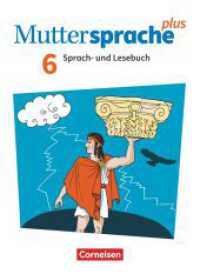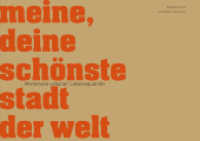- ホーム
- > 洋書
- > ドイツ書
- > Humanities, Arts & Music
- > Religion & Theology
- > judaism
Full Description
Between the first and sixth centuries C.E., a group of sages that scholars refer to as the rabbinic community systematized their ideas about Judaism in works such as the Mishnah and the Talmud. David M. Grossberg offers a new approach to thinking about this community's formation. Rather than seeking an occasion of origin, he examines the gradual development of the idea of an authorized rabbinic collective. The classical rabbinic texts imagine a diverse setting of Sadducees, Pharisees, sinners, and sectarians interacting in complex and changing ways with pious sages, teachers, and judges. Yet this representation aligns only vaguely with the social reality in which these ancient sages actually lived and operated. The author contends that these texts' primary aim was not to describe real rabbinic opponents but to create and enforce boundaries between piety and impiety and between legitimate and illegitimate teachings. In this way, the emerging rabbinic movement set standards of inclusion and exclusion in the community of righteous Israel and established the bounds of the community aspiring to lead them, the rabbinic community itself.








